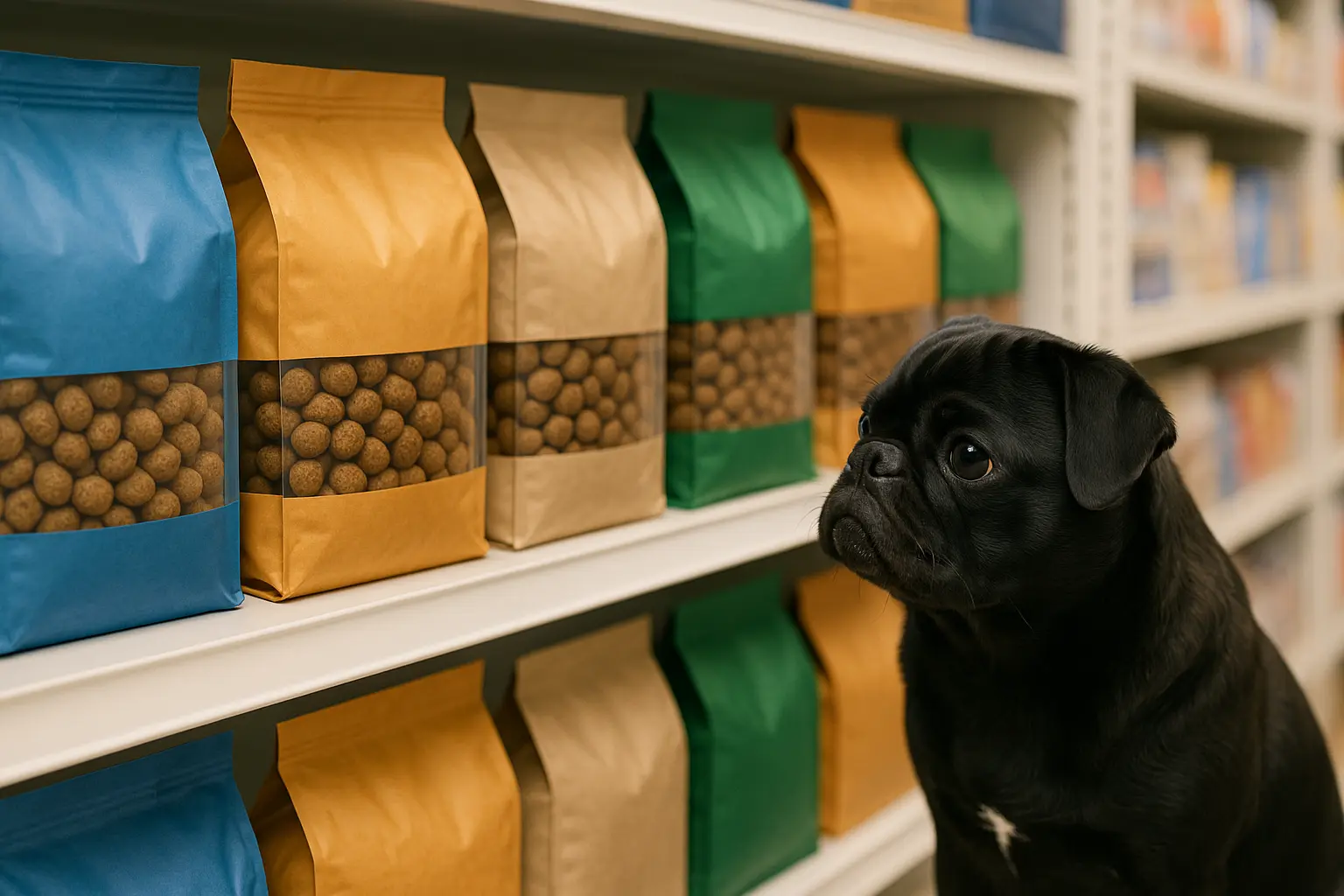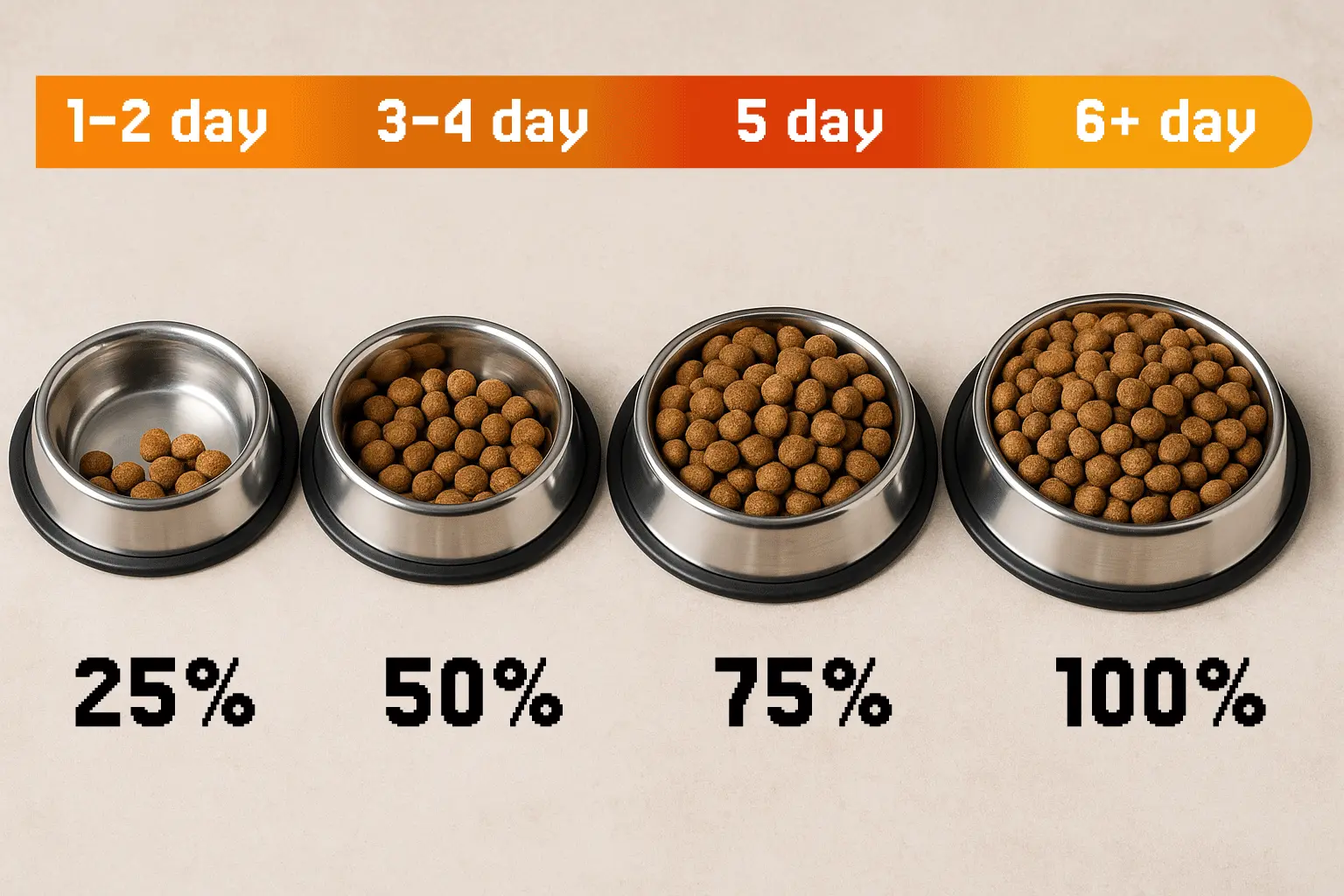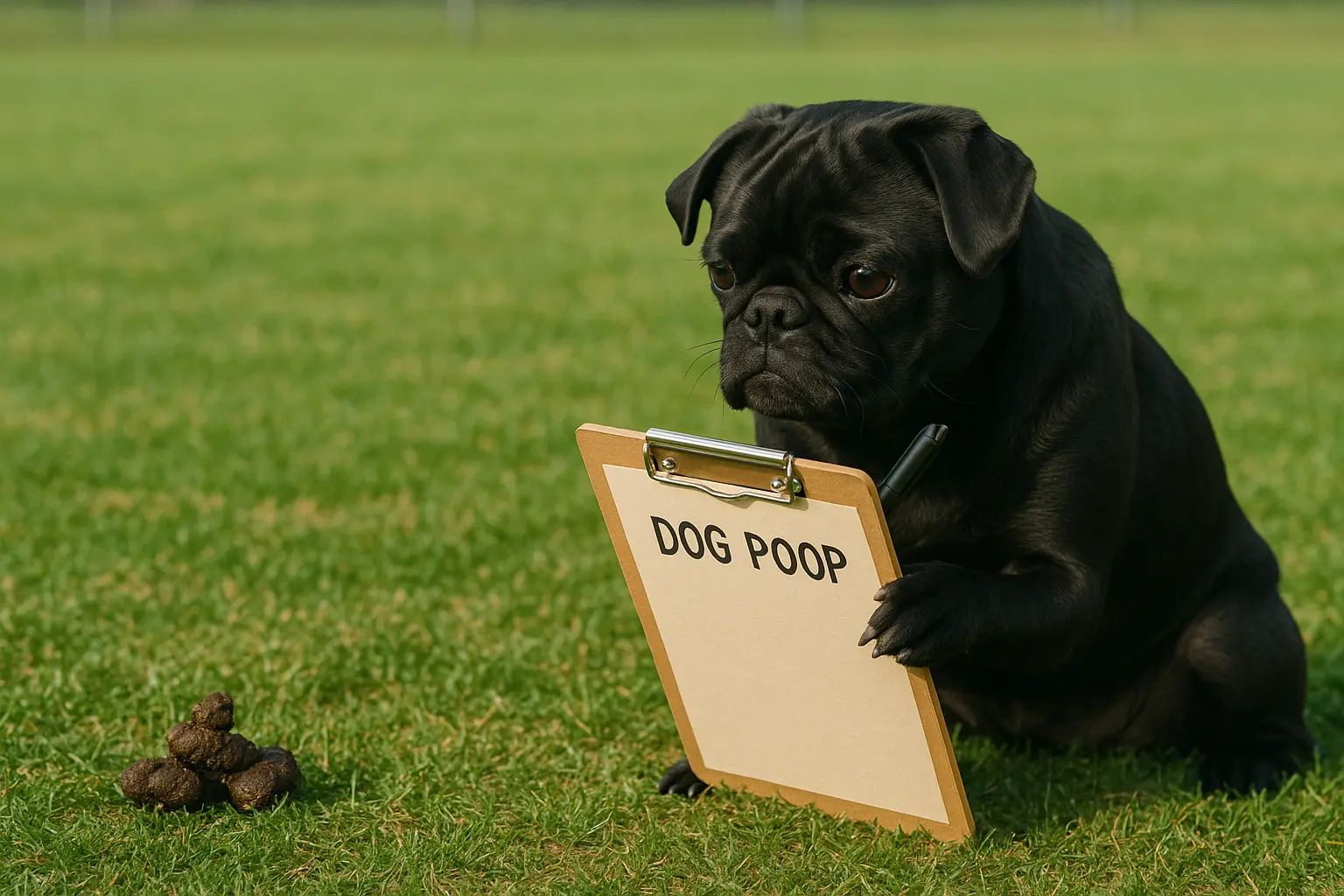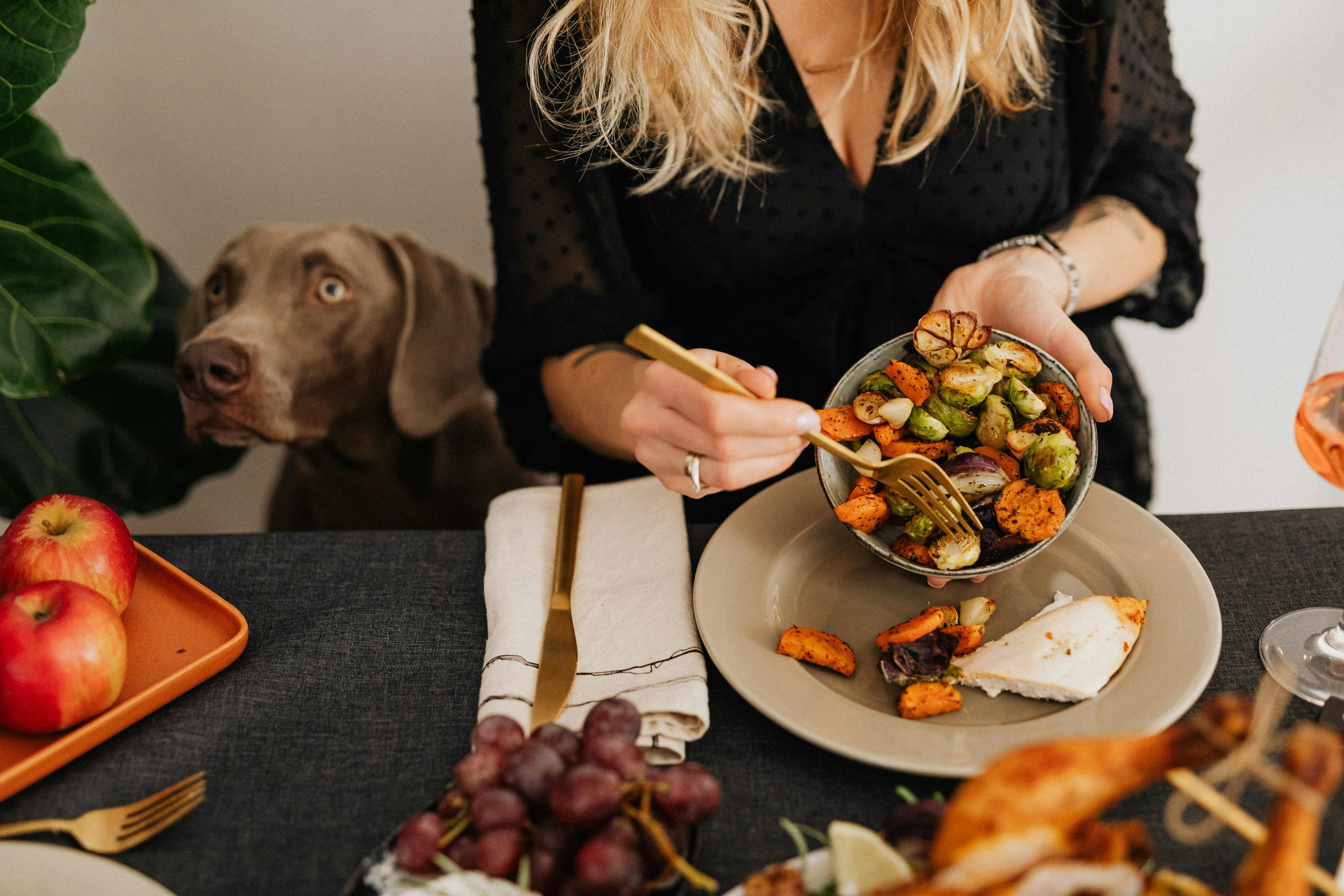Introduction
Most of us graze through life without thinking twice about switching cereal brands or ordering a different lunch. Dogs, on the other hand, run on simpler - but far fussier -digestive hardware. One well‑balanced formula can fuel them from weaning to their golden years. That’s why you’ll see plenty of myths like “switch to lamb in winter” but fewer factual reasons to change your dog’s diet.
Does that mean a dog should never change diets? Of course not. Allergies, medical conditions, life‑stage needs and even plain old boredom can nudge you toward a new bag of kibble. The trick is doing it methodically so you solve problems instead of creating them.

Step 1 – Pick the right food (a five‑minute checklist)
Many owners default to Ask Trust—grabbing whatever the pet‑store clerk recommends. Trouble is, no single product can tick every dog’s boxes. Use this rapid filter instead:
| What to check | Why it matters | Quick way to find answers |
|---|---|---|
| Breed & size | Large breeds need joint‑friendly mineral ratios; tiny breeds need smaller kibble | Look for “large‑breed adult” vs “small‑breed” labels (Remember: this is not a must! unless you find your dog is difficult with the kibble size it is just marketing. Just don’t feed a large dog, small kibble (as they might vomit) and the opposite.) |
| Age/life stage | Puppies, adults and seniors burn nutrients at different rates | Check AAFCO statement for “growth,” “adult maintenance” or “all life stages” |
| Daily activity | A couch‑potato pug doesn’t need marathon‑runner calories | Pick a formula whose caloric density matches your vet’s kcal/day target |
| Medical flags | Allergies, kidney issues, pancreatitis, obesity | Ask your vet for forbidden ingredients or nutrient ceilings |
| Personal taste | Some dogs live for salmon; others bolt at the smell | Read reviews, buy the smallest bag first, or request samples - if you see they don’t jump on the food, it might just not be for them. |
Shortcut: Hop over to our comparison tool (compare.feed‑guides.com). Plug in your dog’s information and watch it narrow 1000 products to a handful.

Step 2 – Follow the Five‑Day Rule
Changing diets overnight is the surest route to flatulence, loose stools and a midnight mop‑up. Instead, work on a simple 75‑50‑25‑0 schedule:
| Day | Old food | New food |
|---|---|---|
| 1–2 | 75% | 25% |
| 3–4 | 50% | 50% |
| 5 | 25% | 75% |
| 6+ | — | 100% |
Tips that keep the peace:
- - Same meal size: Keep the gram weight based on the feed guide provided; you’re swapping content, not calories.
- - Splash of warm water: Softens kibble and coaxes picky eaters to accept the mixed bowl. - Not for large dogs, research shows that watered kibble can cause bloat in large breeds.

Step 3 – Monitor like a pro
A change is only as good as the data you collect. Track three signals for two weeks:
| Signal | What “good” looks like | Red flag |
|---|---|---|
| Stool quality | Chocolate‑bar firmness by Day6 | Mucus, blood, watery output |
| Energy & mood | Same tail‑wagging enthusiasm | Lethargy, pacing, unprovoked whining |
| Skin & coat | No new itching; coat stays glossy | Sudden dandruff, ear‑scratching, hot spots |
If one red flag appears, extend the mix‑and‑monitor window to ten days. If two or more show up—or anything severe—pause the switch and ring your vet.
Conclusion
Pick your food ➔ Follow the Five-Day Rule ➔ Monitor like a pro. It’s that simple.
Picking and switching dog food isn’t glamorous; nobody’s posting #TransitionDay3 on Instagram. But investing one week of structured effort can spare months of trial‑and‑error vet visits. Your dog can’t read ingredient labels—that’s your superpower. Use it wisely, and you’ll both sleep better.
Using tools like our comparison tool (compare.feed‑guides.com) and following the Five‑Day Rule will help you make informed choices and keep your dog happy and healthy. In addition to your wallet as we know this field isn’t cheap.


